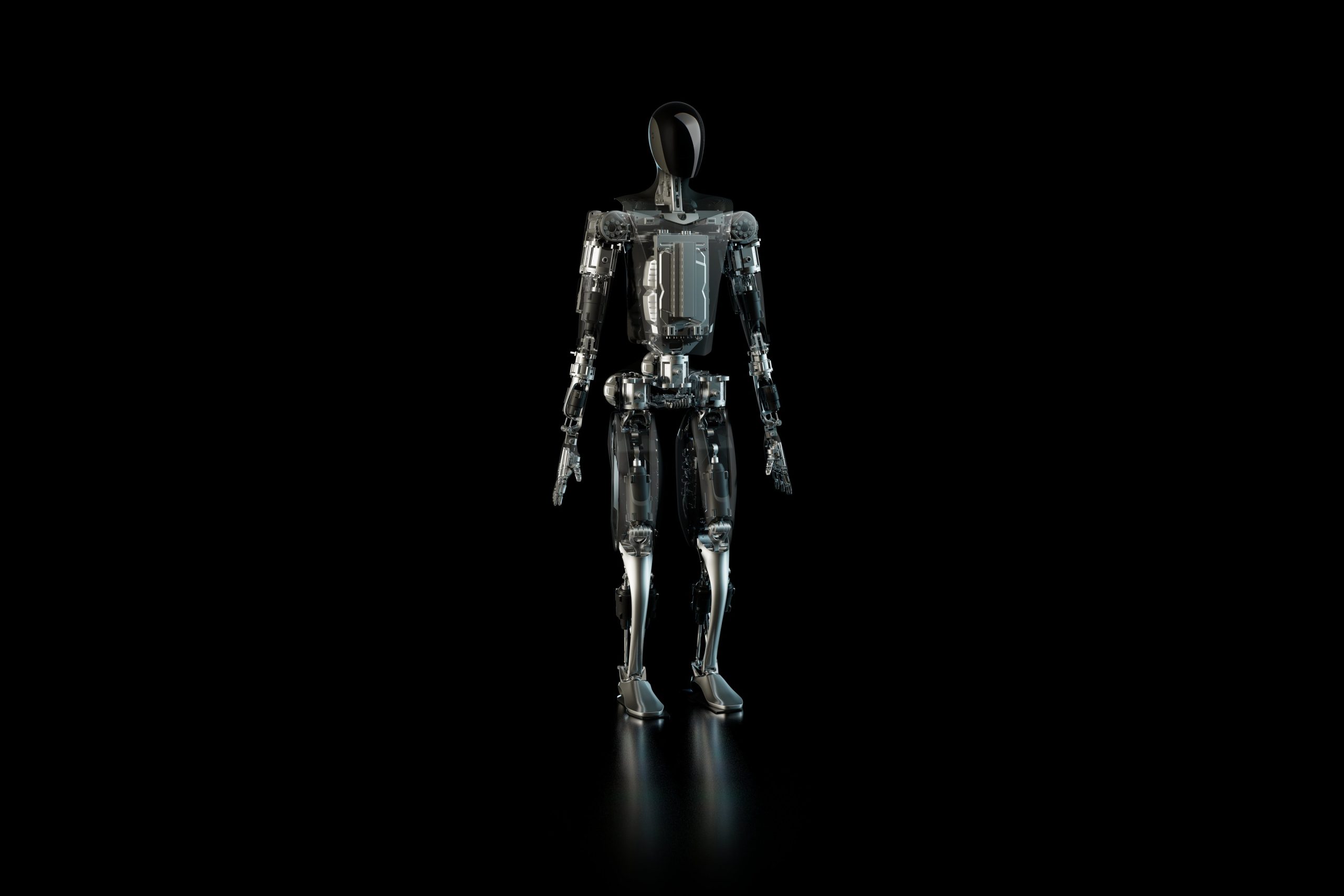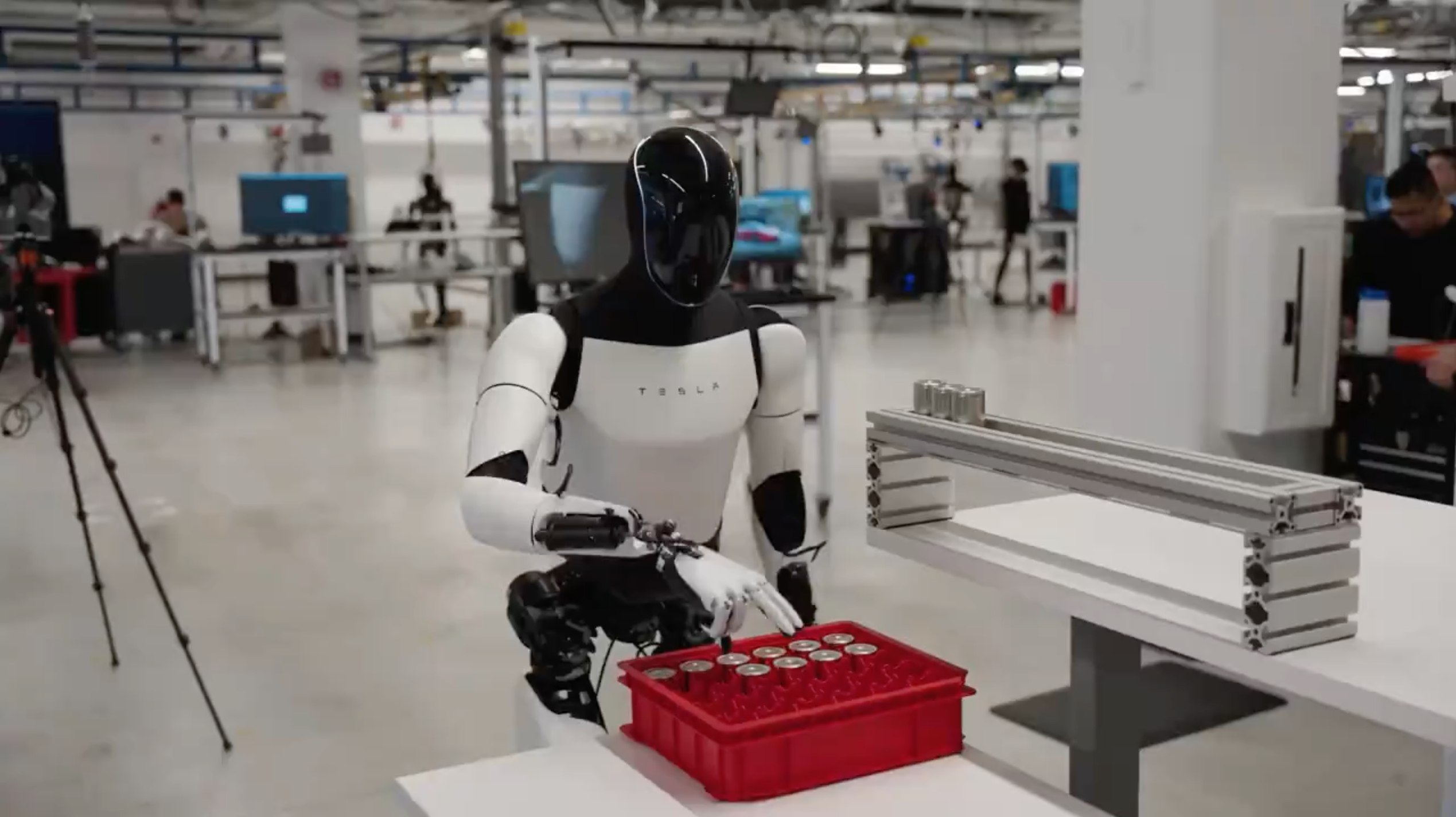Have you ever wondered what the future of robotics looks like? Well, buckle up because Tesla Optimus is here to redefine how we think about robots. This isn’t your average machine; it’s a humanoid robot designed to revolutionize industries and change the way we live our lives. From manufacturing to everyday tasks, Tesla Optimus aims to be the ultimate solution for automation. But what exactly is Tesla Optimus, and why should you care? Let’s dive in.
Tesla Optimus isn’t just another gadget; it represents a leap forward in technology. With Elon Musk at the helm, Tesla has been pushing boundaries since day one. The Optimus project is no exception. Imagine a robot that can perform tasks humans do, but with superhuman precision and efficiency. That’s the promise of Tesla Optimus.
But let’s not get ahead of ourselves. Before we explore all the amazing things Optimus can do, it’s important to understand its roots and purpose. In this article, we’ll break down everything you need to know about Tesla Optimus, from its development to its potential impact on society. So, whether you’re a tech enthusiast or someone who’s curious about the future of robotics, stick around because this is gonna be good.
What is Tesla Optimus?
Tesla Optimus is Tesla’s humanoid robot designed to perform a wide range of tasks, from factory work to household chores. Think of it as a cross between a futuristic worker and a personal assistant. The robot stands at approximately 5 feet 8 inches tall and weighs around 125 pounds, making it agile and versatile. But the real magic lies in its software and hardware integration, which allows it to mimic human movements with incredible accuracy.
This isn’t just any robot; it’s built using Tesla’s cutting-edge technology, including its proprietary AI systems and electric powertrain. Elon Musk envisions Optimus as a tool that can free humans from repetitive and dangerous tasks, ultimately improving productivity and safety. In essence, Tesla Optimus is more than a machine—it’s a vision of the future where robots and humans coexist harmoniously.
The Development Journey of Tesla Optimus
The journey of Tesla Optimus began with a simple idea: what if robots could do more than just assemble cars? Elon Musk announced the project during Tesla’s AI Day in 2021, sparking excitement and curiosity worldwide. The development process has been nothing short of impressive, with Tesla leveraging its expertise in electric vehicles and artificial intelligence to create a robot that’s both functional and advanced.
One of the key challenges was designing a robot that could move like a human. This required breakthroughs in actuator technology and neural networks. Tesla engineers worked tirelessly to ensure Optimus could balance, walk, and even carry objects with ease. The result? A robot that’s not only capable but also surprisingly lifelike.
Key Milestones in Tesla Optimus Development
- 2021: Elon Musk announces Tesla Optimus at AI Day.
- 2022: Prototype unveiled, showcasing basic movements and functionality.
- 2023: Optimus begins testing in real-world scenarios, including factories and labs.
Why Tesla Optimus Matters
So, why should you care about Tesla Optimus? Well, for starters, it has the potential to transform industries. Imagine a factory where robots handle all the heavy lifting, freeing up human workers to focus on more creative and strategic tasks. Or picture a world where household chores are a thing of the past because your personal robot takes care of them for you. That’s the kind of impact Tesla Optimus could have.
But it’s not just about convenience; it’s about safety too. Many jobs, especially in manufacturing, involve risks that can harm human workers. By introducing robots like Optimus into these environments, we can significantly reduce workplace injuries. Plus, with the global labor shortage becoming a growing concern, robots could fill the gaps and keep industries running smoothly.
Applications of Tesla Optimus
Tesla Optimus isn’t limited to one specific application; its versatility is one of its greatest strengths. Here are some of the key areas where Optimus could make a difference:
Manufacturing
In manufacturing, Optimus can handle repetitive tasks such as assembly line work, packaging, and quality control. Its precision and speed could lead to increased productivity and reduced errors. Plus, it can operate 24/7 without needing breaks, making it an ideal solution for companies looking to boost efficiency.
Healthcare
Healthcare is another field where Tesla Optimus could shine. Imagine robots assisting nurses by delivering medications, moving patients, or even performing basic diagnostic tests. This could alleviate the burden on healthcare workers and improve patient care. Additionally, Optimus could be used in remote areas where access to medical professionals is limited.
Household Assistance
Who wouldn’t want a personal assistant at home? Tesla Optimus could help with everything from cooking and cleaning to taking care of elderly family members. It could even act as a security system, monitoring your home and alerting you to any potential threats. The possibilities are endless.
The Technology Behind Tesla Optimus
What makes Tesla Optimus so special? It’s all about the technology. Tesla has poured years of research and development into creating a robot that’s both intelligent and capable. Here are some of the key technologies that power Optimus:
Artificial Intelligence
Tesla Optimus relies heavily on AI to function. Its neural network allows it to learn and adapt to new situations, making it more efficient over time. This means that the more Optimus interacts with its environment, the better it becomes at performing tasks.
Electric Powertrain
Just like Tesla’s electric vehicles, Optimus uses an electric powertrain to move. This not only makes it environmentally friendly but also ensures it can operate quietly and efficiently. The battery life is impressive too, allowing Optimus to work for extended periods without needing a recharge.
Actuator Technology
Actuators are the components that allow Optimus to move. Tesla has developed advanced actuators that enable the robot to perform complex movements, such as gripping objects or maintaining balance. This technology is crucial for Optimus to function effectively in various environments.
Challenges Facing Tesla Optimus
While Tesla Optimus is undoubtedly impressive, it’s not without its challenges. One of the biggest hurdles is ensuring the robot is safe to operate around humans. After all, a robot that’s too powerful or unpredictable could pose a risk. Tesla is working hard to address these concerns by implementing advanced safety features and rigorous testing protocols.
Another challenge is cost. Developing and producing robots like Optimus requires significant investment. While Tesla aims to make Optimus affordable, it’s likely that the initial price tag will be high, limiting its accessibility to certain industries or individuals.
The Future of Tesla Optimus
So, what does the future hold for Tesla Optimus? Elon Musk has ambitious plans for the robot, including expanding its capabilities and lowering production costs. He envisions a world where Optimus becomes a common sight in factories, homes, and even public spaces. But achieving this vision will require continued innovation and collaboration with other industries.
One exciting possibility is the integration of Optimus with other Tesla products, such as self-driving cars. Imagine a robot that can not only assist you at home but also drive you to your destination. It’s a futuristic concept that could become a reality sooner than you think.
Expert Opinions on Tesla Optimus
Experts in the field of robotics and AI have been weighing in on Tesla Optimus, and the feedback has been largely positive. Many believe that Tesla is on the right track with its approach to humanoid robotics. However, some have raised concerns about the ethical implications of creating robots that can perform human-like tasks.
Dr. Jane Smith, a robotics engineer at MIT, stated, “Tesla Optimus represents a significant leap forward in robotics. Its ability to mimic human movements and adapt to new environments is truly groundbreaking.” However, she also cautioned, “As with any new technology, we must consider the ethical and societal impacts of introducing robots like Optimus into our daily lives.”
Conclusion
Tesla Optimus is more than just a robot; it’s a glimpse into the future of automation and human-robot collaboration. From its development journey to its potential applications, Optimus has captured the imagination of people worldwide. While challenges remain, the possibilities are endless, and the impact could be profound.
So, what’s next? If you’re intrigued by Tesla Optimus, why not share this article with your friends and family? Or leave a comment below with your thoughts on the future of robotics. And don’t forget to check out our other articles for more insights into the world of technology. The future is here, and it’s looking pretty bright!
Table of Contents


